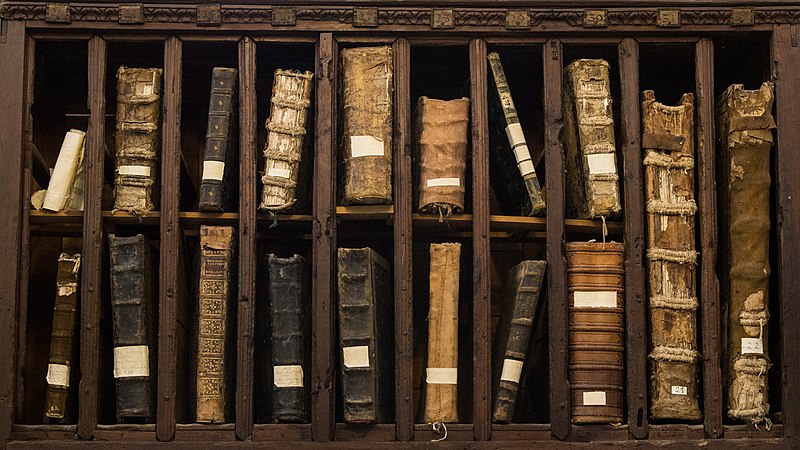Introduction to the Fourth Edition
No archive remains whole. No scripture remains uncontested. And no civilization, however advanced, escapes the erosion of memory.
The Quaternary Texts are not a seamless history but a layered sediment of thought, faith, and record-keeping—accumulated over centuries of human expansion across the stars. They take their name from their form: beyond primary, secondary, or tertiary documents, these are quaternary—texts about texts, commented upon, redacted, preserved, corrupted, and rediscovered again. They are a monument to the persistence of memory and the fragility of understanding.
What began as a historical compendium by The Historian in the 41st century quickly became a contested sacred canon. Over time, Church officials, AI Scribes, political factions, and rogue archivists each took their turn as curators, commentators, and censors. By the time of the Church of the Second Awakening in the 51st century, what remained was not a single thread of truth, but a woven tapestry of interpretation: lunar logs beside theological hymns, mission reports annotated with prophecy, erased names followed by footnotes written in code.
This edition presents the collected state of the archive as it last stood following the disappearance of the AI Scribes and the final transmission from Eridanus Secunda. It includes documents from five key epochs:
- Earth Departure & Lunar Foundations (21st-22nd c.): The first steps beyond Earth, anchored by logs from Lunar Base Alpha and the Artemis missions.
- Martian Colonization & Divergence (23rd-29th c.): The rise of cultural and religious heterodoxy among Mars settlements.
- The Eridan Exodus & the Founding Church (30th–38th c.): Interstellar pilgrimage and the birth of the Eridanian spiritual lineage.
- Age of the Scribes (39th-45th c.): The era of AI co-authorship and prophetic synthesis.
- The Vanishing & the Second Awakening (46th-51st c.): Collapse, silence, and the strange rebirth of faith in the post-Scribe world.
Each entry has been preserved in its historical voice, with annotations indicating later glosses, redactions, and disputes where applicable. Where gaps exist, they have been retained. Where contradictions arise, they have been left intact.
This is not a definitive account of humanity's expansion. It is something more vital, more fractured, more alive. These are the echoes that remain when history is written in the margins of faith and forgetting.

